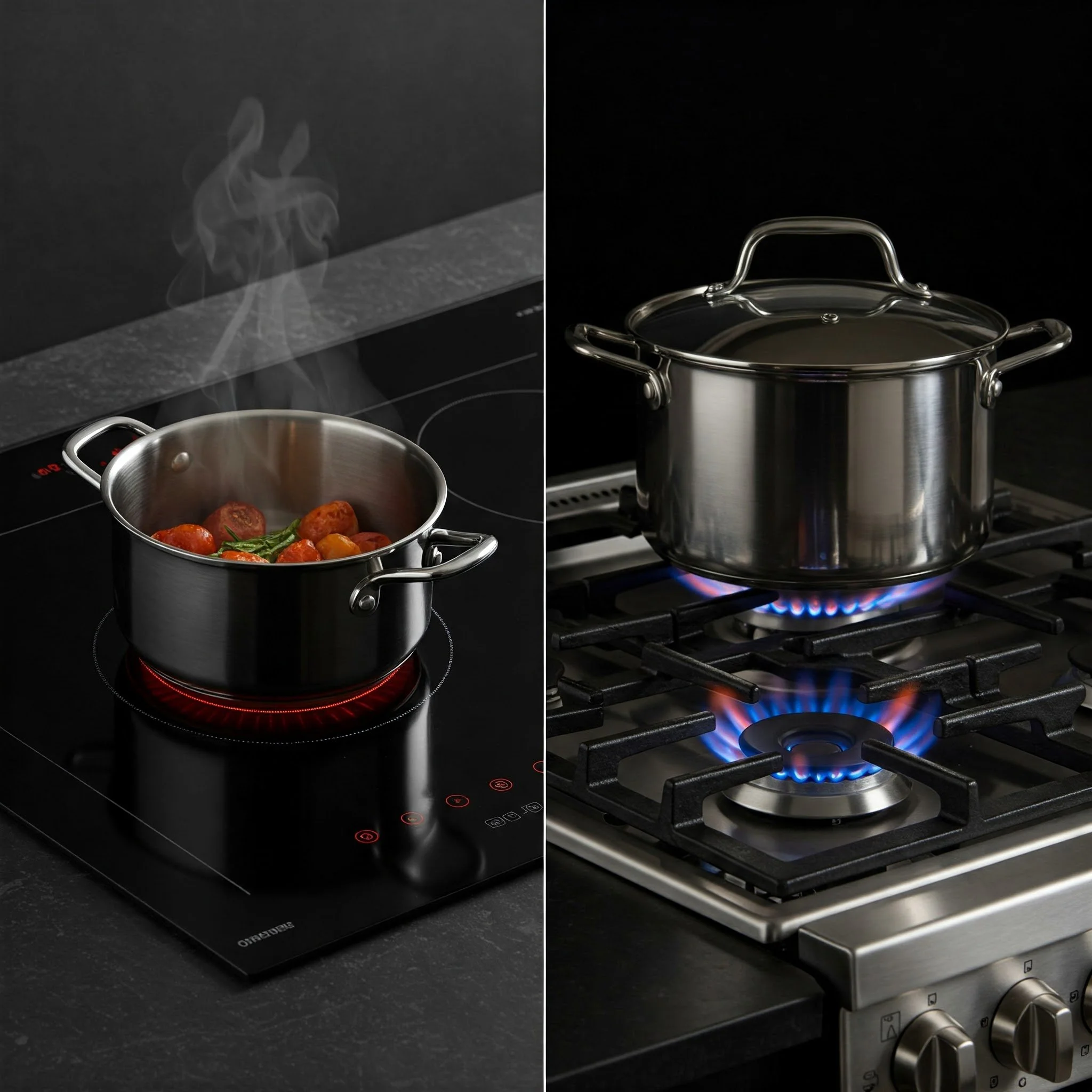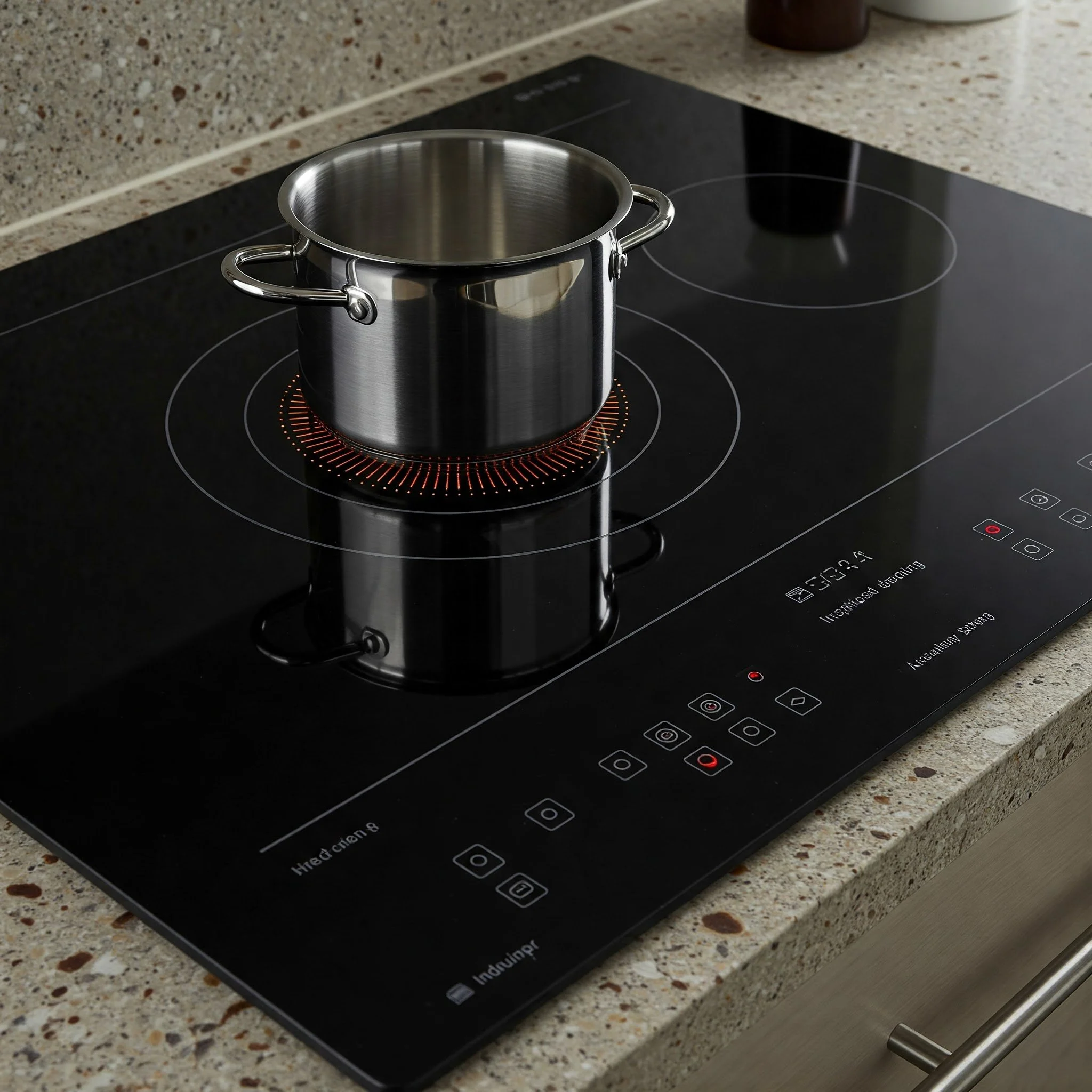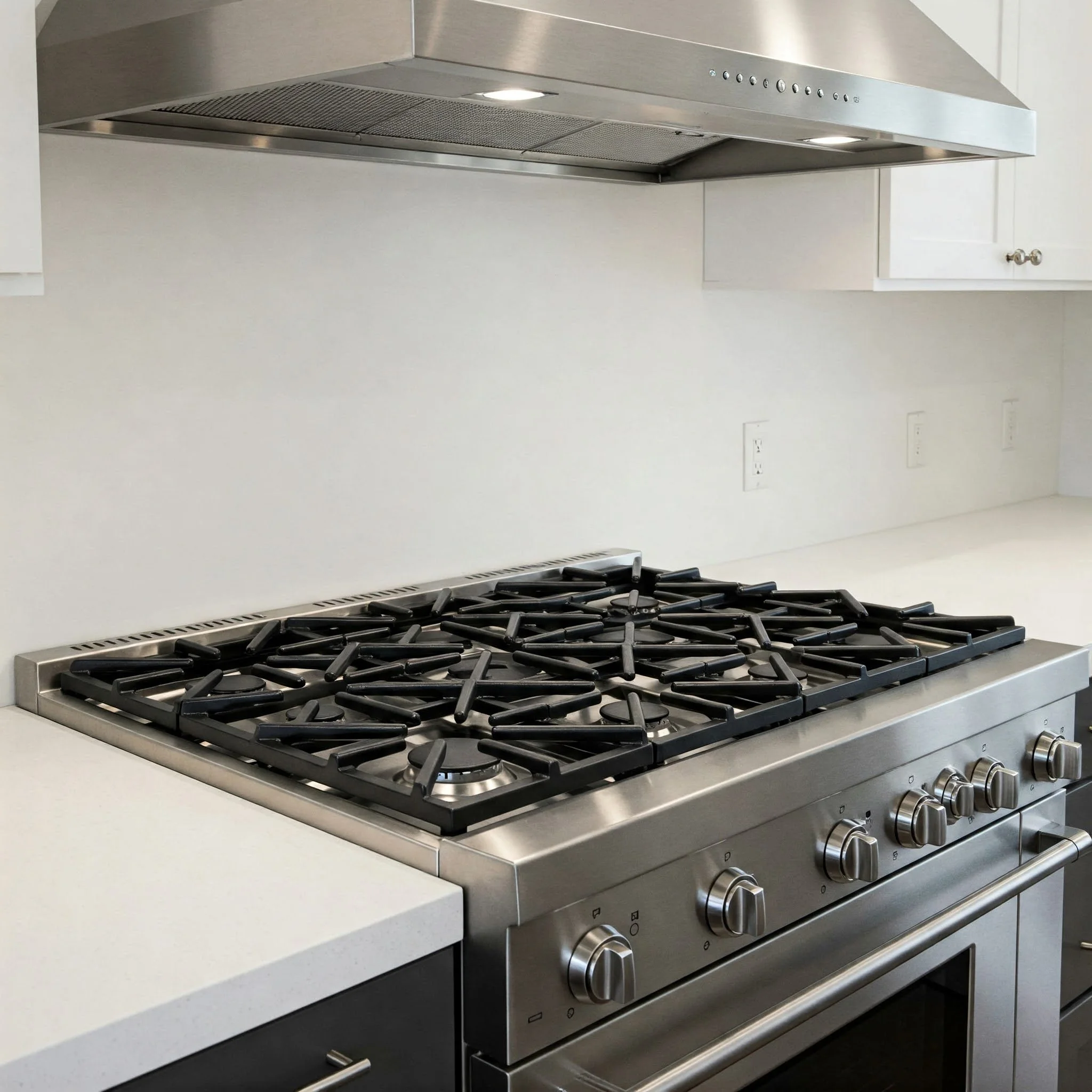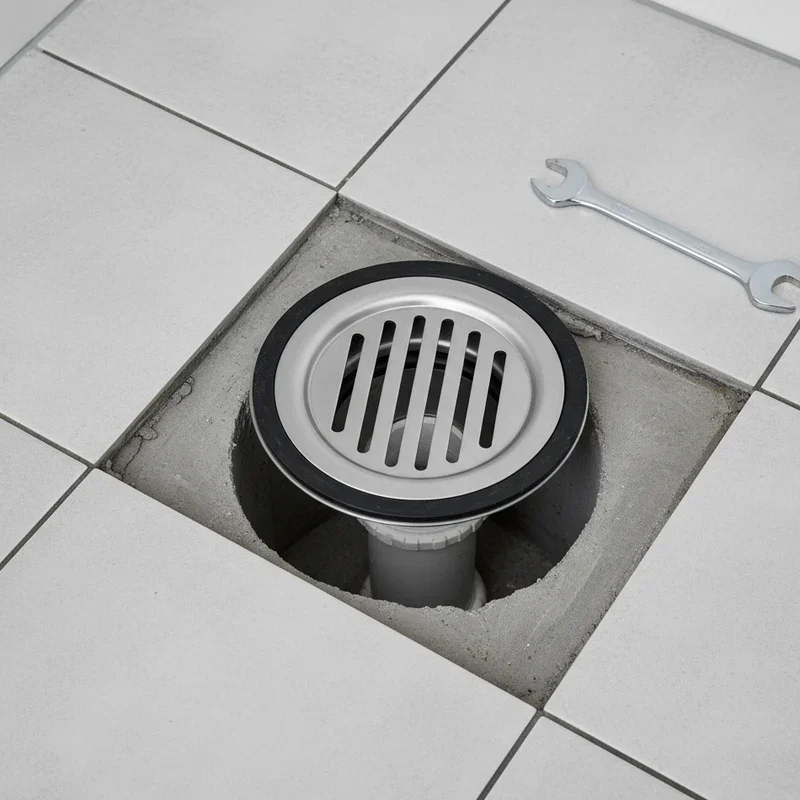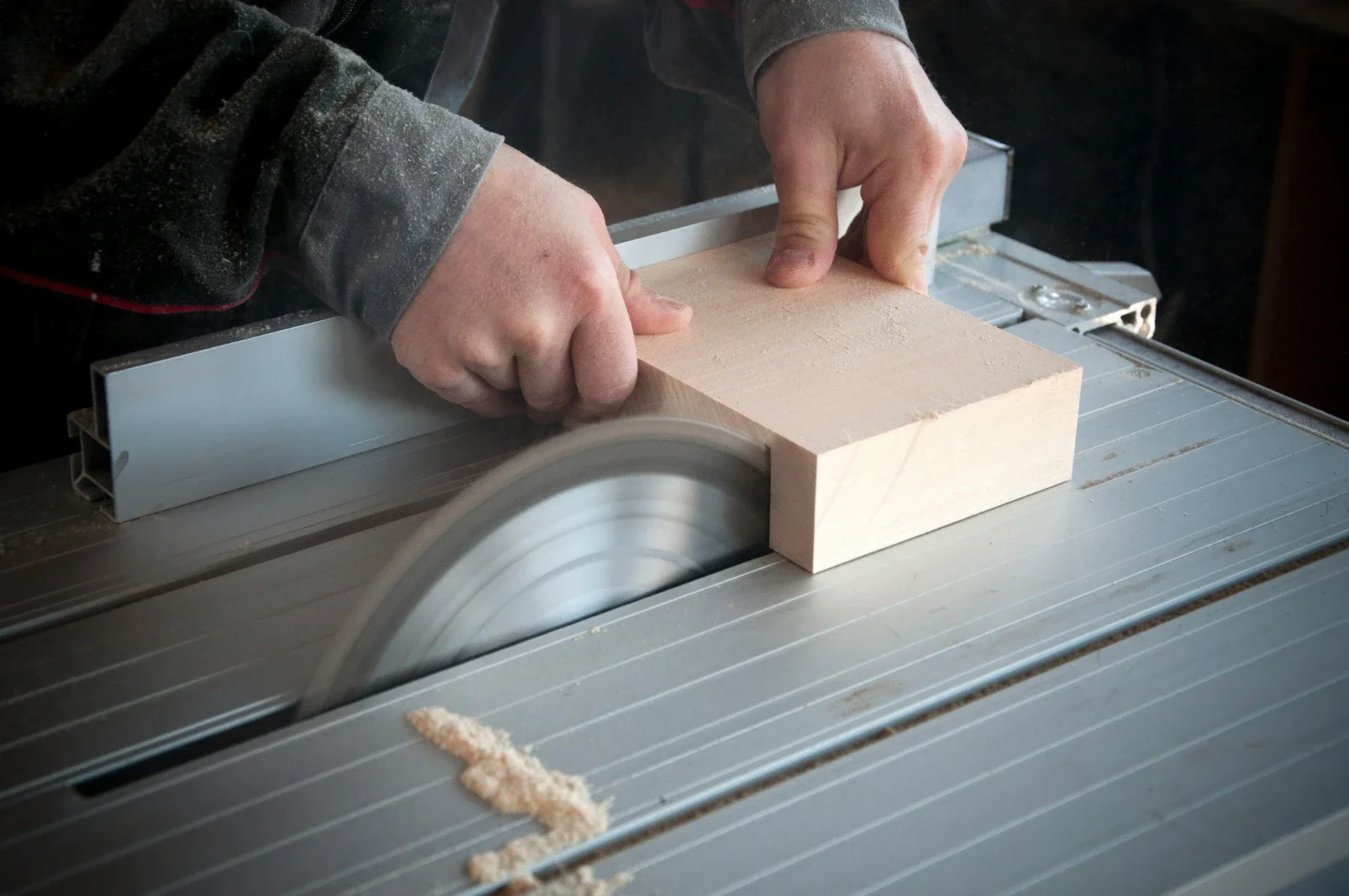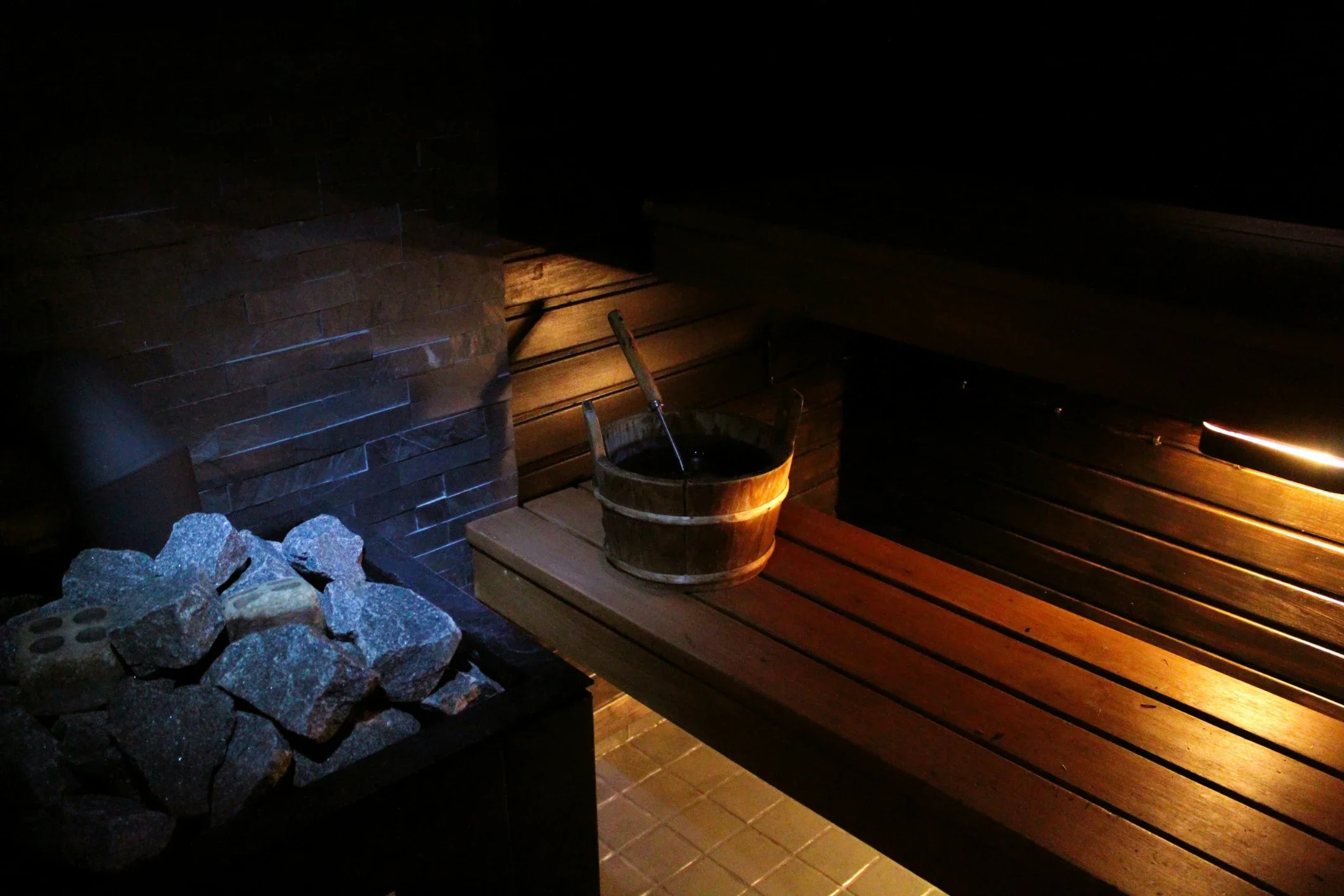Induction vs Gas: Which Cooking Method is Better?
Dive into our creative, in-depth exploration of "Induction vs Gas: Which Cooking Method is Better?" Discover pros, cons, practical tips, and expert insights to help you decide the perfect cooking method for your kitchen.
Ever found yourself caught in the middle of a heated kitchen debate, wondering which cooking method reigns supreme: induction or gas? You’re not alone! In today’s fast-paced world, where every minute counts, choosing the right cooking method can make a world of difference. Whether you're a busy parent juggling dinner prep, a gourmet chef in the making, or simply someone who loves to whip up meals, the choice between induction and gas is bound to spark some lively conversation. In this article, we'll unpack the pros and cons, share practical tips, and even answer some burning FAQs—all while exploring the timeless question: Induction vs Gas: Which Cooking Method is Better? Grab a cup of coffee, settle in, and let’s dig into the sizzling details!
The Sizzling Debate: Induction vs Gas: Which Cooking Method is Better?
When it comes to cooking, few debates are as flavorful as this one. Both induction and gas have their loyal fans and their unique benefits. So, how do they stack up against each other? Let’s break it down.
The Heart of the Matter: A Quick Overview
Induction Cooking:
Uses electromagnetic energy to heat cookware directly. It’s known for its precision, speed, and safety features.Gas Cooking:
Relies on an open flame to heat pots and pans. It’s celebrated for its versatility, immediate heat control, and the traditional cooking feel it offers.
At the core of the debate—Induction vs Gas: Which Cooking Method is Better?—it all boils down to your personal preferences, kitchen setup, and cooking style. Let’s take a closer look.
The Nitty-Gritty: How Induction Cooking Works
Induction cooking has been turning heads in modern kitchens. It might seem a bit futuristic, but once you get the hang of it, you'll wonder how you ever lived without it.
How Does It Work?
Induction cooktops work by creating an electromagnetic field that directly heats the pot or pan. No heat is wasted on the cooktop itself, meaning that the surface stays relatively cool to the touch. This not only speeds up cooking times but also enhances safety—a definite plus if you’ve got little ones or clumsy fingers at home.
Key Benefits of Induction Cooking
Speed:
Food heats up rapidly, making it perfect for busy lifestyles. You'll appreciate the reduced cooking time when juggling a hectic schedule.Energy Efficiency:
Since the heat is generated directly in the cookware, energy loss is minimal.Precision:
With precise temperature control, you can simmer, sear, or boil with pinpoint accuracy.Safety:
The cooktop remains cool, significantly reducing the risk of burns. Plus, most induction cooktops come with auto shut-off features.
Some Considerations
Cookware Compatibility:
Not every pot or pan works on an induction stove. You’ll need magnetic cookware, which might mean a new investment.Cost:
Induction cooktops tend to be pricier than traditional gas stoves. However, many find the benefits well worth the extra expense.
The Classic Charm: How Gas Cooking Works
Now, let’s flip the switch and talk about gas cooking—the stalwart champion of many traditional kitchens. If you love that classic, open flame and the tactile joy of adjusting heat on the fly, gas cooking might be your jam.
How Does It Work?
Gas stoves burn natural gas or propane, producing a flame that heats your cookware. The flame’s size can be easily adjusted, offering you immediate control over the heat output—a feature that’s especially prized among culinary aficionados.
Key Benefits of Gas Cooking
Immediate Heat:
Turn the flame up, and you see instant results. There’s no waiting around for your pot to heat up.Visual Feedback:
The visible flame provides a natural cue about the heat level, which can be quite reassuring for those who prefer a hands-on cooking approach.Versatility:
Gas stoves are compatible with almost all types of cookware, making them a flexible choice.Cost-Effective:
Generally, gas stoves come with a lower initial price tag compared to induction models, making them attractive for budget-conscious cooks.
A Few Trade-Offs
Safety Concerns:
The open flame means extra caution is needed, particularly around children or pets.Energy Efficiency:
Gas stoves tend to lose more heat to the environment, which can lead to energy inefficiency.Maintenance:
Cleaning a gas stove can be a bit more involved due to grates and burners that need regular care.
Comparing the Two: Induction vs Gas: Which Cooking Method is Better?
Alright, now that we’ve walked through the mechanics of both methods, it’s time to address the big question: Induction vs Gas: Which Cooking Method is Better? Well, the answer isn’t black and white—it really depends on your needs, lifestyle, and even cooking habits. Let’s break it down further.
Speed and Efficiency
Induction:
Delivers rapid heating and precise control, making it ideal for quick cooking tasks and energy efficiency.Gas:
Offers immediate heat with visual feedback, which many chefs find indispensable when fine-tuning their culinary creations.
Safety First
Induction:
The cool-to-the-touch surface and auto shut-off features make induction a safer option for households with children or pets.Gas:
The open flame requires vigilance and additional safety measures, especially in busy kitchens.
Cost Considerations
Induction:
Typically has a higher upfront cost due to advanced technology and the need for compatible cookware.Gas:
Often more affordable initially, with a wide range of budget-friendly options available.
Environmental Impact
Induction:
Generally more energy-efficient, reducing overall energy consumption.Gas:
While effective, gas stoves may contribute more to carbon emissions, depending on usage and local energy sources.
Flavor and Cooking Experience
Induction:
Provides a modern, sleek experience with precise control, but some chefs argue it lacks the “soul” of cooking over a flame.Gas:
The traditional gas flame is often associated with a more authentic cooking experience, delivering that unmistakable char and flavor.
Which Should You Choose? A Personal Reflection
At this point, you might be scratching your head, wondering which method suits you best. The truth is, both induction and gas have their strengths and quirks. Here’s a quick guide to help you decide:
Consider Your Cooking Style
For Quick and Efficient Cooking:
If you’re all about speed, energy efficiency, and a modern approach, induction might be your best bet.For the Traditional Culinary Experience:
If you love the tactile feel of flames and the instant visual feedback of a gas stove, you might lean towards gas.
Think About Your Kitchen Setup
Space and Ventilation:
Induction cooktops are often easier to clean and require less ventilation since they produce less ambient heat.Existing Infrastructure:
If your kitchen is already equipped for gas, sticking with gas might save you from extra installation costs.
Budget and Long-Term Investment
Initial Cost vs. Long-Term Savings:
Induction cooktops come with a higher price tag but can save you money in energy bills over time. Gas stoves, while more affordable upfront, might cost more to run in the long run.
Pros and Cons at a Glance
Let’s simplify the decision-making process with a handy list of pros and cons for each method:
Induction Cooking
Pros:
Rapid heating and precise control.
Energy-efficient with less wasted heat.
Safer with a cool-to-touch surface.
Easy to clean and maintain.
Cons:
Higher initial cost.
Requires compatible magnetic cookware.
May lack the traditional cooking feel.
Gas Cooking
Pros:
Instant and adjustable heat.
Compatible with almost all cookware.
Lower upfront cost.
Traditional cooking experience with a visible flame.
Cons:
Higher risk of burns or fire hazards.
Can be less energy-efficient.
Requires more maintenance and cleaning.
How to Make the Switch: Practical Tips
If you’ve decided to dive into one of these cooking methods, here are some tips to help you transition smoothly:
For Induction Cooking Enthusiasts
Invest in Quality Cookware:
Ensure your pots and pans are induction-compatible. Look for items with a magnetic base to guarantee optimal performance.Learn the Settings:
Spend some time familiarizing yourself with the different heat settings. Induction cooktops offer precise control, so knowing how to adjust them can make your cooking experience more enjoyable.Safety First:
While induction cooktops are safe, always read the manufacturer’s instructions to make the most of their built-in safety features.
For Gas Cooking Fans
Regular Maintenance:
Keep your burners and grates clean. Regular cleaning not only ensures safety but also enhances the efficiency of your stove.Ventilation Matters:
Make sure your kitchen is well-ventilated. A good range hood or proper window placement can help manage any excess heat or fumes.Practice Makes Perfect:
If you’re new to gas cooking, practice adjusting the flame to get a feel for how your cookware responds. With time, you’ll master the art of controlling that fire!
Induction vs Gas: Which Cooking Method is Better? – Expert Opinions
We chatted with a few seasoned chefs and home cooks to get their take on this classic debate. Here’s what they had to say:
Chef Alex: “I love the precision of induction. It’s fantastic for delicate sauces and rapid boiling, but sometimes I miss the rustic charm of a gas flame when I’m grilling indoors.”
Home Cook Maria: “Gas is my go-to. I can see exactly how hot my pan is by the size of the flame, and I love that hands-on experience. Plus, it’s easier on my wallet.”
Culinary Expert Jordan: “Both methods have their merits. If energy efficiency and safety are your priorities, go induction. If you’re all about that traditional cooking vibe, gas might be more your style.”
Conclusion
So, after weighing all the pros, cons, and tasty tidbits, which one takes the cake? Well, the debate of Induction vs Gas: Which Cooking Method is Better? doesn’t have a one-size-fits-all answer. It really boils down to your individual needs, cooking style, and kitchen setup.
If you’re after speed, safety, and energy efficiency—and don’t mind investing in new cookware—induction might be your ideal match. On the other hand, if you value the traditional cooking experience with immediate flame control and lower upfront costs, gas remains a solid contender.
In the end, whether you lean towards induction or gas, the most important ingredient in any kitchen is your passion for cooking. Both methods have their unique charm, and understanding their differences can help you make a decision that not only fits your budget and lifestyle but also makes your time in the kitchen more enjoyable. Happy cooking, and may your meals always be delicious!
Frequently Asked Questions
Q1: What makes induction cooking more energy-efficient compared to gas cooking?
A: Induction cooking heats the cookware directly through electromagnetic energy, reducing heat loss to the surrounding environment. This efficiency often translates into faster cooking times and lower energy consumption.
Q2: Is it expensive to switch to induction cooking?
A: Initially, induction cooktops and compatible cookware can be more costly than gas setups. However, the energy savings and enhanced safety features may offset these costs in the long run.
Q3: Can I use my existing cookware on an induction cooktop?
A: Not all cookware works on induction. You’ll need pots and pans with a magnetic base. If a magnet sticks to the bottom, you’re good to go!
Q4: Which method is better for high-heat cooking like stir-frying?
A: Gas stoves excel in high-heat cooking due to their immediate flame control and intense heat output. Induction cooktops can handle high temperatures too, but some cooks prefer the tactile feedback of an open flame.
Q5: What are the safety advantages of induction cooking?
A: With induction, the cooktop itself remains cool to the touch, greatly reducing the risk of burns. Additionally, many models come with auto shut-off features, adding an extra layer of safety.
